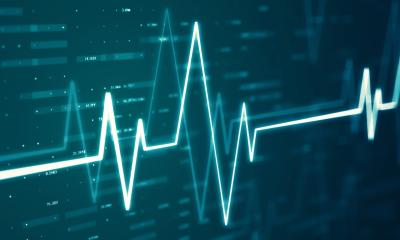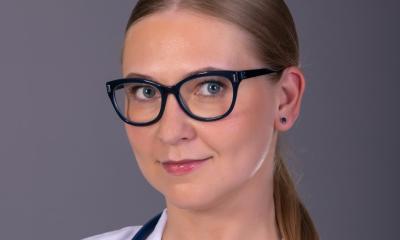Intensivists
They're here - but not enough
Not so long ago, in addition to carrying their normal workload the surgeon, anaesthetist, lung specialist and internist worked in the intensive care unit (ICU). Now, however, the 'intensivist' has arrived - 'A real specialist'

Walking around an Intensive Care Unit (ICU) in a normal Dutch general hospital reveals its daily routine. Patients usually lie asleep amidst a mass of technical equipment, and the latest technical gadgets monitor them, constantly showing their heart and lung functions, while their medical data is being printed on a flow of paper. Each patient is allocated one nurse with a PC. Vital functions - Although patients in an ICU suffer all kinds of diseases, they have one characteristic in common: their vital functions are working inadequately. Indeed, their blood circulation, breathing and brains work so badly, that they need to be stimulated by machinery in order to survive.
Intensive care in one specific ward began in university hospitals, where initially they were called Intensive Treatment Units, a name that better suits their activities because it specifies not only care but treatment.
About 25 years ago a specialist could work on his/her own ward as well as in the ICU. However, it slowly dawned that intensive care is a specialty in itself, involving facets of lung, heart and internal diseases. Thus, for doctors and nurses, ICU specialisation gained its own status, with its own training and well-defined goals.
Today’s ICU has a ‘knowledge base’, and IC-specialists take over when the ‘field’ specialist ends his/her treatment. This ‘evidence-based’ medical science developed as doctors learned by their mistakes; for example, artificial respiration used to be applied slowly, with a big draught volume, but this resulted in stretched and damaged lungs. Now artificial respiration is applied more quickly, using smaller volumes. Due to that learning process, doctors can now treat patients who would have died just a few decades ago.
Originally much of the ICU procedures were based on advice from the USA, but the Dutch intensivist is now miles ahead of his US colleagues, because American intensivists are becoming more conservative (legal claims restrain them).
However, it is not all halleluja in Dutch hospitals. Most of these recognise they need a full-time intensivist, because it is better for patients as well as cheaper for hospitals, but, there are too few intensivists.
NICE - The intensivists’ knowledge can be increased in several ways, including via the National Intensive Care Evaluation (NICE) programme. This contains anonymous data of all ICU patients, so all units can compare that data and treatment results. By doing so, possible problems may become evident. Also, questions can be asked, such as: ‘Why, in hospital A, does a patient have to stay in an ICU for two weeks, whereas in hospital B a patient can go to the general ward after only a week?’ Unfortunately only 40 of the Netherlands’ 120 hospitals with an ICU take part. In addition, the programme demands structured data registration, which not all doctors have time to do.
The ICU is the place, ‘par excellence’, where new medical technologies appear. Often employees are involved in those developments, and their technical developments eventually may be adopted throughout the entire hospital. For example, intravenous feeding and the pulsoximeter, generated in an ICU, found their way to other wards.
One should not forget, that among all these technical devices there are living creatures, and all those devices are only aids. If doctors really want to know their patients’ condition, they should lift the blanket and take a look - generally, this should tell them what data could be expected on the computer monitor.
Hans Hoogervorst, Dutch Minister of Health, has announced, that the quality of intensive care units in Dutch hospitals must improve. ICUs must adhere to new quality rules. If they do not, the Inspection on Healthcare will take severe action, because patients’ interests are at stake. This follows a report presented to the Minister by the Inspection on Healthcare. This estimated that almost 50% of Dutch hospitals misjudge the quality of their intensive care. As a result very ill patients do not receive the care they need so badly. The measures announced by the minister will be effective from 1 February 2006. These new measures make clear, to doctors and nurses, what care a patient needs. If a hospital cannot supply the necessary care, the patient must be transported to another hospital, which immediately presents the next problem: transport of IC-patients is poorly organised in some regions of the Netherlands. Often there is a lack of adequate equipment and well-trained nursing staff.
01.03.2006






